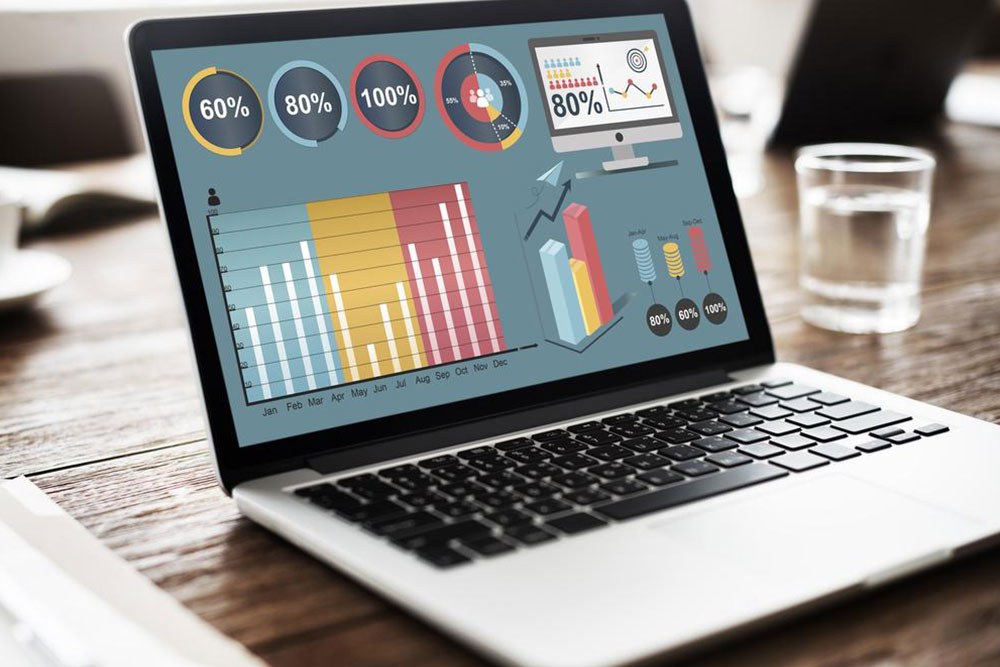Mastering Predictive Analytics: Unlocking Future Insights for Business Success
This comprehensive guide explores the fundamentals of predictive analytics, illustrating its applications across various industries such as healthcare, marketing, and finance. Learn how organizations leverage data, machine learning, and AI to forecast future trends, manage risks, and make proactive decisions. Discover best practices for implementing predictive models effectively and how continuous monitoring and data quality are crucial to maintaining accuracy. Stay ahead in the competitive landscape by harnessing the power of predictive analytics to optimize operations and innovate strategies for future success.

Mastering Predictive Analytics: Unlocking Future Insights for Business Success
Predictive analytics stands at the forefront of modern data analysis, offering organizations a powerful tool to forecast future trends, identify potential risks, and seize opportunities before they materialize. In today’s data-driven world, companies across various industries generate enormous volumes of information—ranging from structured data like customer demographics, purchase history, and financial records to unstructured data such as social media interactions, customer reviews, call logs, and multimedia content. By harnessing advanced technologies including machine learning algorithms, artificial intelligence (AI), and sophisticated statistical modeling, businesses can delve deep into this data reservoir to uncover hidden patterns and meaningful relationships. This enables more precise predictions and informed decision-making.
Implementing predictive analytics provides organizations with a competitive edge by enabling proactive strategies. For example, in the healthcare sector, predictive models can forecast patient readmissions, assist in personalized treatment plans, and optimize resource allocation. In marketing, businesses can analyze consumer behavior, predict purchasing trends, and tailor campaigns for higher engagement. Financial institutions utilize predictive analytics to detect fraudulent activities, assess credit risks, and optimize investment portfolios. Security agencies leverage predictive models to identify potential threats and prevent cyberattacks. The entire process begins with defining clear project objectives, followed by comprehensive data collection from diverse sources, cleaning and transforming raw data, and applying statistical techniques to validate hypotheses. The development of predictive models is an iterative process, with continuous monitoring and refinement to improve accuracy.
Modern predictive analytics also involves prescriptive analytics, which not only forecasts future outcomes but also recommends specific actions to optimize results. These insights can automate complex decision-making processes, saving valuable time and resources. For instance, supply chain managers can use predictive insights to optimize inventory levels, reduce costs, and improve delivery times. Retailers can forecast demand spikes and allocate stock accordingly. Banks can evaluate loan approval risks with greater precision, minimizing defaults. As technology advances, the integration of real-time data streams enables dynamic predictions, ensuring organizations adapt swiftly to changing circumstances. Moreover, these predictive models foster a data culture within organizations, encouraging continuous learning and innovation.
To successfully implement predictive analytics, organizations need to invest in the right tools, talent, and data governance practices. Skilled data scientists and analysts play a crucial role in designing accurate models, interpreting results, and translating insights into actionable strategies. Ensuring data quality through rigorous cleansing and validation processes is essential for reliable predictions. Additionally, organizations must address privacy concerns and comply with regulations like GDPR to protect sensitive information. As industries increasingly adopt predictive analytics, their ability to anticipate future challenges and opportunities will determine their long-term success. From healthcare innovations to smarter marketing and financial risk management, predictive analytics is revolutionizing how organizations operate and compete in the modern era.





